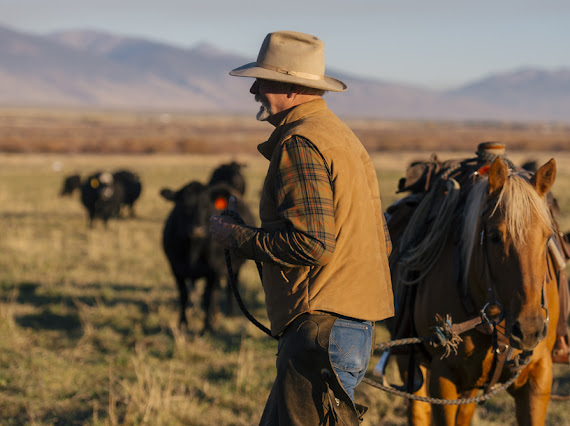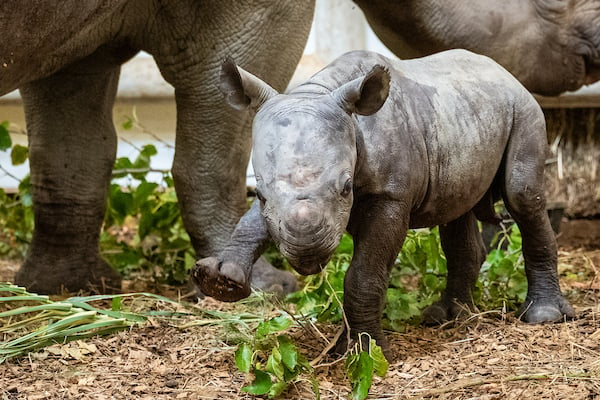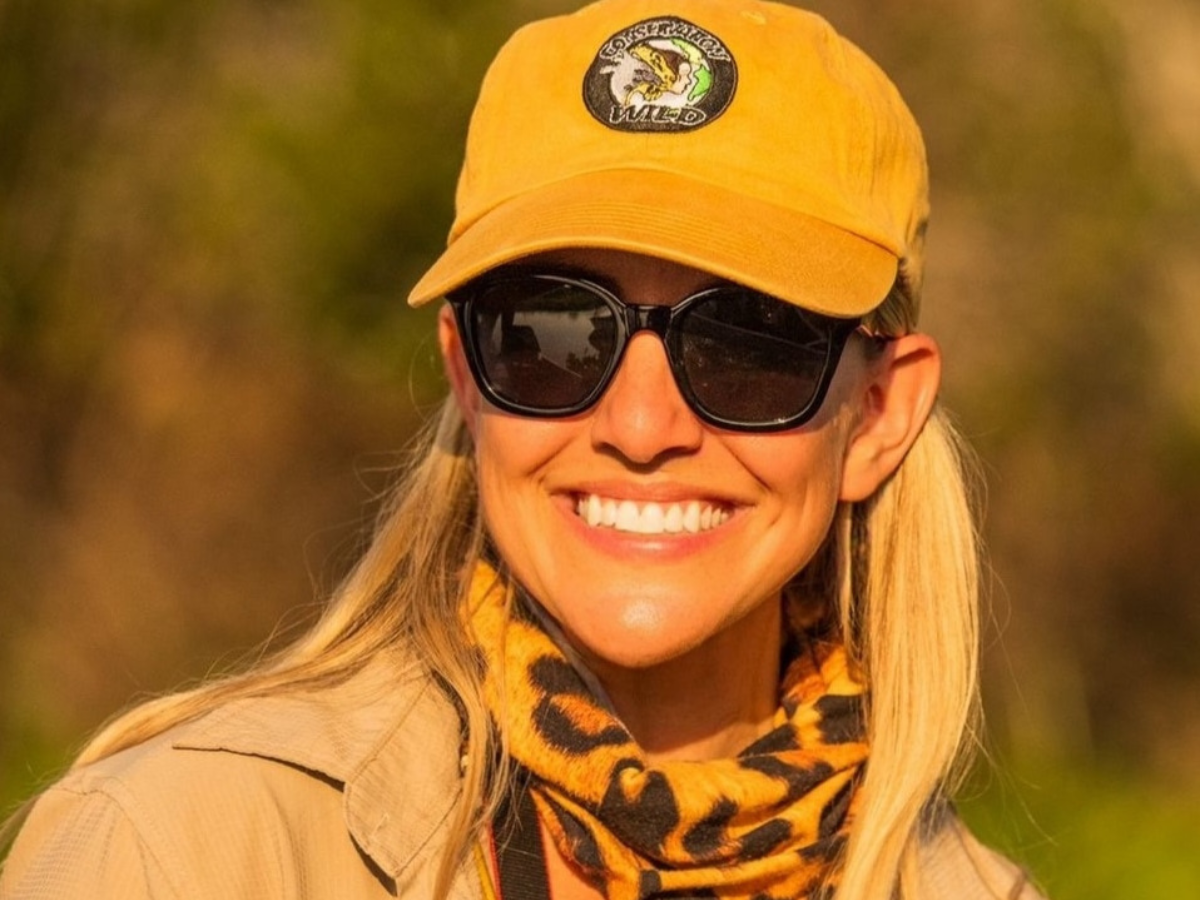(ASPEN, Colo.) —Glenn Elzinga operates Alderspring Ranch in May, Idaho — a 46,000-acre rangeland where he grazes 300 to 400 cattle.
Shortly after wolves were reintroduced in Idaho in 1995, Elzinga and his wife began losing livestock, and he considered leaving the agricultural industry altogether.
But inspired by Charles Marion Russell, a painter known for depicting cowboys and their close bond with livestock, Elzinga began riding alongside his cattle, guiding their movements, and protecting them from wolf attacks.
Elzinga talked to The Click about his strategy and what ranchers can do to protect their livestock in Colorado, where wolves were reintroduced in 2023.
This interview has been edited for clarity and length.
The Click: How did you originally react when wolves were first introduced?
Elzinga: We were totally pissed. We weren’t profitable at that time. I was a full-time government forester, and [my wife] Carol was a full-time plant ecologist for the government, and then we’re full-time ranching. We’re exhausted, but the reality didn’t really hit me until we started losing cattle, and it was an exponential curve. We lost $90,000 worth of cattle in about three years.
So, you sympathize deeply with what Colorado ranchers are seeing for the first time.
Elzinga: One hundred percent — they’re getting killed left and right.
Where was the shift for you?
Elzinga: There’s this painter, Charles Marion Russell. He painted a lot of stuff in Montana. I was at a friend’s house, and they got some C. M. Russell stuff hanging up. I said, “Carol, did you see those paintings? Well, what if we did that? What if we just lived up there with the cattle like those guys did in Montana? We bed them down at night and we just live with them 24/7.”
“If we can actually figure out how to herd these cattle and put them in a night pen every night, we could control their movement everywhere.”
In Colorado, we’re just two years into the wolf reintroduction process. Do you think that ranchers and producers are going to learn some of the tactics that you’ve implemented? Or is the sentiment around Colorado wolves more intense than it was in Idaho?
Elzinga: I think it’s more polarized. When [the Colorado program] came into the press, I was like, “Holy cow, this is going to be a mess. It’s going to be a huge conflict.”
What’s a realistic, effective tactic that ranchers in Colorado can embrace in order to protect their herds?
Elzinga: For me, it really is human presence. For us to live with those cattle, just like they did in the C.M Russell paintings, has been an absolute game changer, and we’ve lost nothing now for 12 years, and we run more cattle than ever.
A group of local ranchers are trying to pause further wolf reintroductions in the state. I’m wondering, what’s holding people up from embracing some of the tactics that have worked for you?
Elzinga: It costs a lot of money to have people on the ground. There’s the cost of implementation and changing the way we’ve always done it. In all of agriculture, there’s that tradition and that culturalism.
I kind of hate that we just focus on wolves, because there’s all these other beautiful things that could happen if we control our cattle. You could have people who just love the idea of pristine waters, who are concerned about watersheds. There’s county commissioners, wolf advocates, fishermen, mountain bikers — there’s all these people that love that landscape, and if they just came to the table with these ranchers, if they only knew what the possible tools were.


